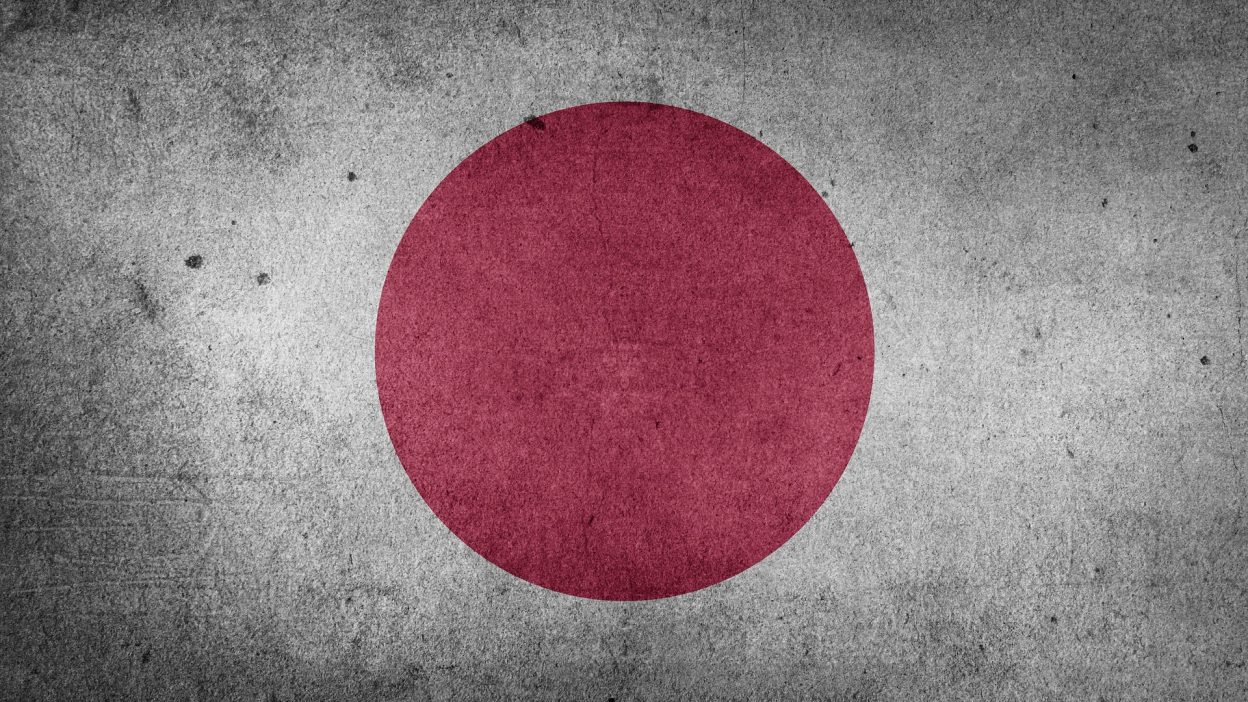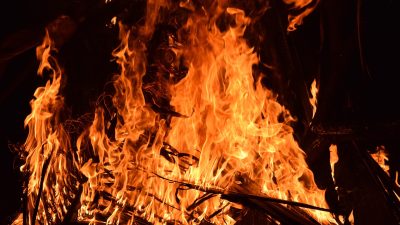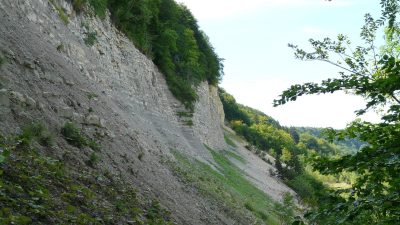The Hidden Truths Behind Japan’s Devastating Disaster
The Earth Shook: How the 1923 Great Kantō Earthquake Changed Japan Forever
The 1923 Great Kantō Earthquake struck Japan on 1st September 1923, causing devastation on a scale previously unseen in the country. The earthquake, which reached a magnitude of 7.9, hit the Tokyo-Yokohama area, one of the most densely populated regions in the world at the time. In just a few minutes, the quake killed over 140,000 people, destroyed large parts of the city, and left millions more homeless. The impact of the earthquake was so profound that it led to a complete transformation of Japan’s urban landscape, infrastructure, and emergency response systems.
Before the Great Kantō Earthquake, Japan had not faced such a massive, multi-layered disaster. What followed—fires, tsunamis, and aftershocks—revealed the vulnerabilities of Japan’s infrastructure, which had been built without the foresight necessary for such catastrophic events. The earthquake changed the course of Japanese history, reshaping its society and economy and influencing how future generations approached disaster preparedness.
The Untold Truth Behind the 1923 Great Kantō Earthquake Disaster
The 1923 earthquake is often portrayed as an inevitable natural disaster, but there are deeper, untold truths about its aftermath. The government’s response to the disaster was far from perfect. While efforts were made to rescue victims and rebuild the cities, the immediate relief was slow and chaotic. There were accusations of mishandling, especially in the early days following the quake. In particular, the government’s failure to provide timely assistance to those stranded in the worst-hit areas made the situation far worse than it could have been.
Furthermore, there were the widespread rumours that circulated in the aftermath, including the accusation that Korean residents were conspiring to poison the water supply. These false claims led to the deaths of hundreds of innocent people, exacerbating the disaster’s human cost. The tragic events highlighted the importance of managing public perception and preventing the spread of misinformation during a crisis.
Shattering Lives: The Hidden Consequences of the 1923 Great Kantō Earthquake
- Social Unrest and Paranoia: In the wake of the earthquake, Japan faced significant social unrest. The destruction of homes, businesses, and essential infrastructure led to widespread panic, particularly in the major cities of Tokyo and Yokohama. The public’s fear of aftershocks and additional natural disasters created an atmosphere of tension and uncertainty. Many turned to conspiracy theories, and as mentioned, rumours of mass poisoning and anti-Korean sentiment spread like wildfire. This created further division and distrust within the population during an already incredibly difficult time.
- The Rise of Disaster Preparedness: One of the most important hidden consequences of the Great Kantō Earthquake was the sudden rise of disaster preparedness as a priority. Japan’s experience with this catastrophe forced the government to rethink its approach to disaster management. In the years that followed, Japan implemented stricter building codes, emergency drills, and better communication systems, ultimately saving countless lives during future disasters. The lessons learned from 1923 influenced how Japan responded to later earthquakes and other natural disasters.
Why the 1923 Great Kantō Earthquake Was More Destructive Than We Thought
The full scale of the destruction caused by the Great Kantō Earthquake is often underestimated. It wasn’t just the magnitude of the earthquake that made it so devastating; it was the combination of factors that followed. One of the primary reasons the earthquake was so destructive was the extremely high population density in Tokyo and Yokohama. The destruction of homes and businesses in such crowded areas meant that the death toll was much higher than it would have been in less densely populated regions.
Another key factor was the subsequent fires that broke out after the earthquake. The combination of broken gas lines, downed electrical wires, and wooden buildings created a perfect storm for uncontrollable fires. These fires spread rapidly, engulfing entire districts and causing further death and destruction. In fact, fires accounted for a significant portion of the death toll, far surpassing the casualties caused directly by the earthquake.
The Aftermath of the 1923 Great Kantō Earthquake: Is Our Response Enough?
After the Great Kantō Earthquake, the Japanese government’s response was heavily criticised. The initial response was slow and chaotic, with limited rescue efforts in the first critical hours after the quake. The destruction of roads, railways, and communication networks made it difficult for aid to reach those in need. Emergency services were overwhelmed, and the lack of efficient coordination between government agencies only worsened the situation.
In the years following the earthquake, Japan made significant strides in disaster preparedness. The government restructured its approach to disaster management, investing in better infrastructure and communication systems. However, some critics argue that Japan’s response to the initial disaster still fell short in several areas. The handling of relief efforts left many people feeling abandoned, and it took years for the country to fully recover.
Could the 1923 Great Kantō Earthquake Have Been Prevented? The Shocking Facts
- The Failure to Predict the Quake: Like many natural disasters, the Great Kantō Earthquake could not have been predicted with the technology available at the time. Earthquake forecasting was in its infancy, and scientists had little understanding of how to predict such an event. While modern technology can now give early warnings for earthquakes, this was not the case in 1923, making it impossible to avoid the devastation.
- Urban Planning and Infrastructure: Another factor that could have mitigated the disaster was better urban planning and infrastructure. At the time, Tokyo and Yokohama were densely populated with poorly constructed buildings that were ill-equipped to withstand a major earthquake. If stricter building codes and modern construction practices had been in place, the death toll and destruction could have been far less severe.
When Earthquake Strikes: How the 1923 Great Kantō Earthquake Revealed Japan’s Vulnerabilities
The 1923 Great Kantō Earthquake exposed Japan’s deep vulnerabilities in several critical areas. The earthquake’s impact on Tokyo’s infrastructure was devastating, revealing that many buildings were not designed to withstand earthquakes of such magnitude. Tokyo’s lack of a robust earthquake-resistant design meant that entire neighbourhoods were destroyed in a matter of minutes.
Additionally, the disaster highlighted flaws in Japan’s emergency preparedness and response systems. The government was unprepared for the scale of the disaster, and relief efforts were slow and disorganised. It became clear that Japan’s approach to disaster management needed a significant overhaul, leading to major reforms in the following years.
Conclusion: The 1923 Great Kantō Earthquake: A Legacy of Destruction and Resilience
The legacy of the 1923 Great Kantō Earthquake is one of both tragedy and transformation. While the immediate aftermath revealed serious weaknesses in Japan’s infrastructure and disaster response, the lessons learned led to profound changes in the country’s preparedness for future catastrophes. The earthquake forced Japan to modernise its approach to urban planning, building codes, and emergency response systems. Today, Japan stands as one of the most prepared countries in the world when it comes to natural disasters, largely due to the lessons learned from this devastating event.
5 Short FAQs
- What caused the 1923 Great Kantō Earthquake?
The earthquake was caused by the shifting of tectonic plates along the Sagami Trough, which triggered massive tremors. - How much damage did the Great Kantō Earthquake cause?
Over 140,000 people lost their lives, and large parts of Tokyo and Yokohama were destroyed by the earthquake and subsequent fires. - Was Japan prepared for the Great Kantō Earthquake?
Japan was not adequately prepared, and the initial response was slow. However, it led to significant improvements in disaster management. - How did the media cover the 1923 Great Kantō Earthquake?
The media played a crucial role in informing the public but also spread misinformation, particularly regarding anti-Korean violence. - What were the long-term effects of the 1923 Great Kantō Earthquake on Japan?
The earthquake led to important reforms in building codes and emergency response systems, strengthening Japan’s disaster resilience.
References:
· 1923 Great Kantō Earthquake – Wikipedia
· The Great Japan Earthquake of 1923 – Smithsonian Magazine
https://www.smithsonianmag.com/history/the-great-japan-earthquake-of-1923-1764539/
· Tokyo-Yokohama Earthquake of 1923 | Death Toll & Facts – Britannica
https://www.britannica.com/event/Tokyo-Yokohama-earthquake-of-1923
· A Brief History of the Disaster – The Great Kanto Earthquake of 1923
https://library.brown.edu/cds/kanto/ksmith.html
· Japan’s Great Kanto Earthquake Kills Over 140,000 – History.com
https://www.history.com/this-day-in-history/great-kanto-earthquake-1923-japan




